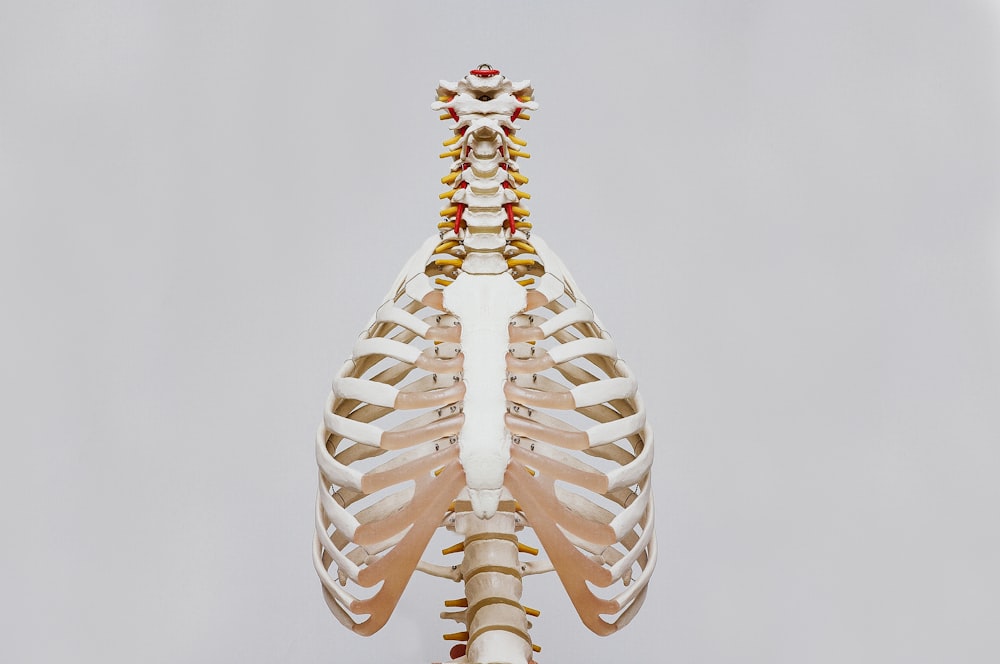Mastering the Dumbbell Chest Press: Form and Benefits
Understanding the Basics
Before diving into the nuances of the dumbbell chest press, it’s crucial to grasp the fundamentals. This exercise primarily targets the pectoral muscles, but it also engages the shoulders and triceps. To execute it effectively, lie flat on a bench with dumbbells in hand, arms extended upward.
Perfecting Your Technique
Achieving optimal results with the dumbbell chest press hinges on proper form. Start by lowering the weights to chest level, elbows forming a 90-degree angle. Exhale forcefully as you push the dumbbells back to the starting position, focusing on squeezing your chest muscles throughout the movement.
Customizing Your Workout
One of the greatest advantages of the dumbbell chest press is its versatility. By adjusting the angle of the bench or incorporating different grip positions, you can target specific areas of the chest. Experiment with incline, decline, and flat bench variations to keep your workouts fresh and challenging.
Maximizing Muscle Growth
Consistency and progression are key to maximizing muscle growth with the dumbbell chest press. Gradually increase the weight you lift as you grow stronger, but always prioritize maintaining proper form. Aim for 3-4 sets of 8-12 repetitions, ensuring each set pushes your muscles to near failure.
Avoiding Common Mistakes
While the dumbbell chest press is a highly effective exercise, it’s essential to avoid common pitfalls. Watch out for excessive arching of the back, which can strain the lower spine. Additionally, refrain from locking out your elbows at the top of the movement to prevent unnecessary stress on the joints.
Balancing Strength and Stability
Incorporating unilateral variations of the dumbbell chest press can help address muscle imbalances and enhance stability. Perform single-arm presses or alternate between arms to ensure both sides of your chest receive equal attention. This not only promotes symmetry but also reduces the risk of injury.
Enhancing Functional Strength
Beyond aesthetics, the dumbbell chest press contributes to functional strength that translates into daily activities. Whether you’re pushing open a heavy door or lifting groceries, a strong chest and upper body are invaluable. Incorporating this exercise into your routine fosters overall physical preparedness.
Optimizing Recovery
As with any resistance training, proper recovery is essential for muscle growth and repair. Allow at least 48 hours of rest between intense chest workouts to prevent overtraining and promote recovery. During this time, prioritize adequate sleep, hydration, and nutrition to support your body’s healing process.
Monitoring Progress and Adjustments
Tracking your progress is crucial for continual improvement in your dumbbell chest press performance. Keep a workout journal to record the weight lifted, sets, and repetitions completed. Regularly assess your strength gains and adjust your training regimen accordingly to keep challenging your muscles.
Embracing the Journey
Mastering the dumbbell chest press is a journey that requires dedication, patience, and perseverance. Celebrate your progress along the way, whether it’s adding an extra rep or increasing the weight lifted. Remember, consistency is key, and each workout brings you one step closer to achieving your fitness goals. Read more about dumbbell chest press















